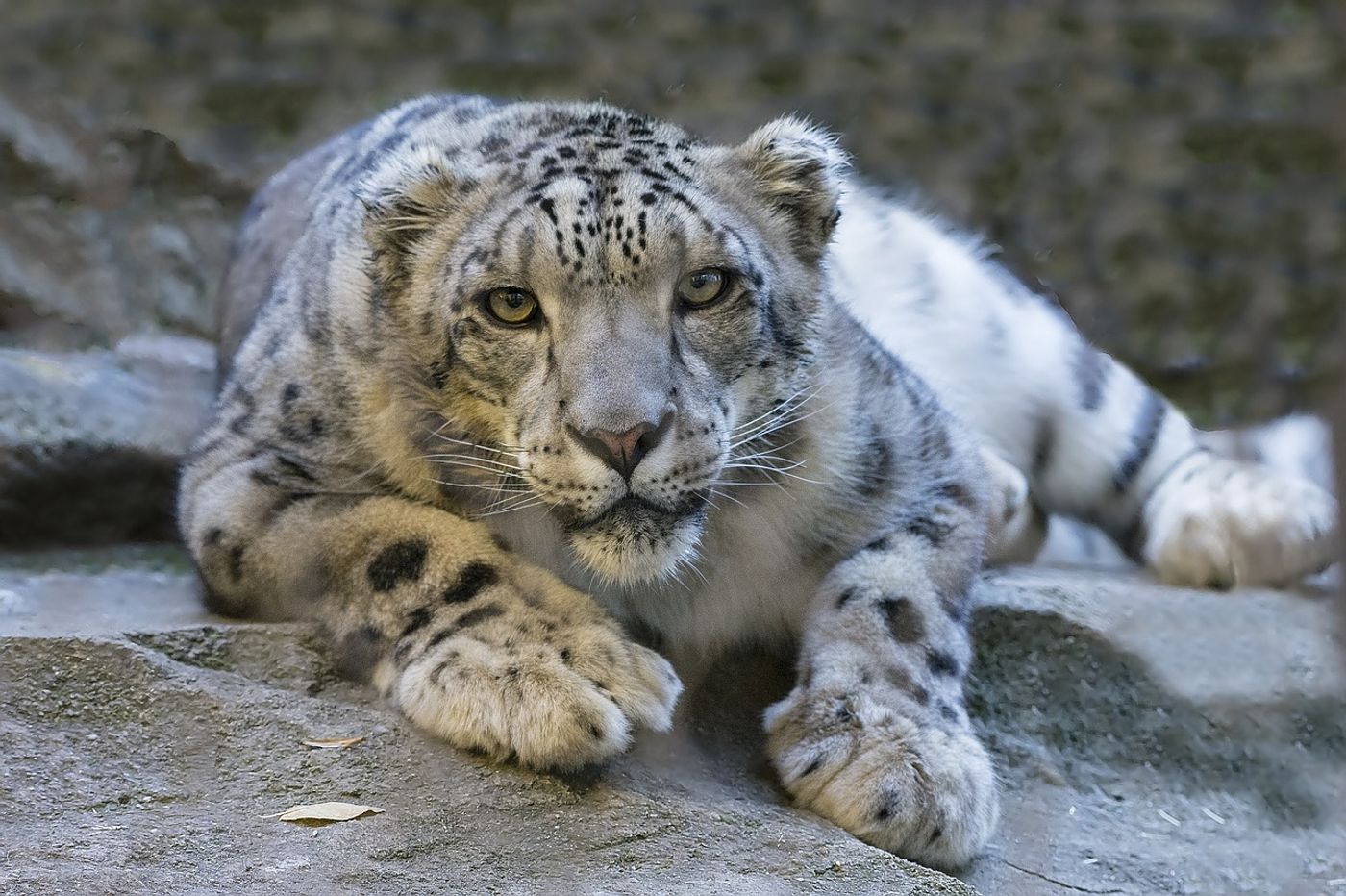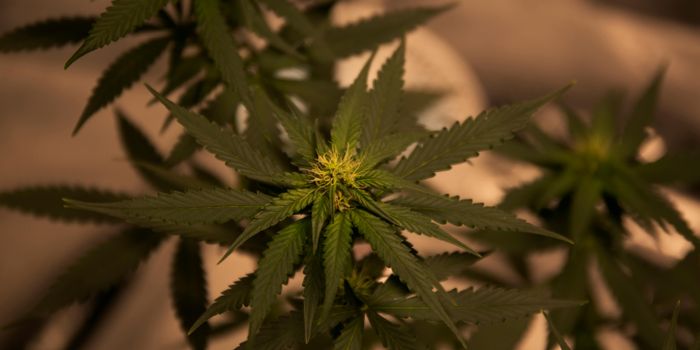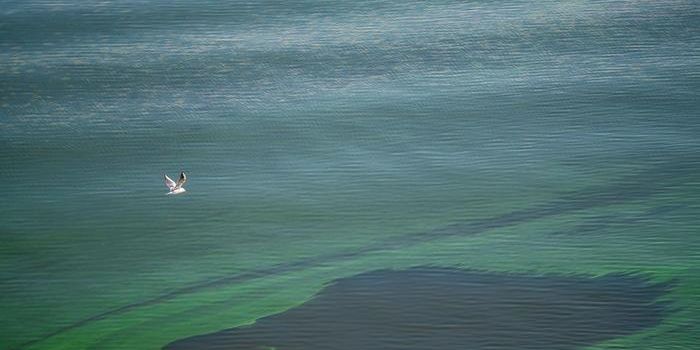Endangered or Vulnerable? The Big Question for the Snow Leopard
The snow leopard resides on the International Union for the Conservation of Nature (IUCN)’s Red List as an endangered species, but it might not stay there much longer as the organization considers downgrading its status to vulnerable instead.
Image Credit: Pixabay
To most, this sounds like good news because it appears on paper as though snow leopards are making a comeback. On the other hand, the BBC performed a probe into the matter and found that not all animal conservation experts are convinced.
The large cat found its way on the Red List initially for several reasons, including illegal animal poaching, habitat loss, and the effects of climate change. The two latter problems also caused a chain reaction that reduced snow leopard prey numbers, making it harder for them to find food.
Related: Hundreds of snow leopard killings go undetected every year
While some regions of the world supposedly see snow leopard populations rebounding, others still show signs of decline. Some argue that these rebounds are out-pacing the losses, but despite the species doing well in some areas, that doesn't mean it's doing well as a whole.
These supposed "rebounds," paired with new requirements for an animal to be considered an endangered species, have resulted in the IUCN considering downgrading the snow leopard to a vulnerable species. But not all conservationists believe that this is the right step to take.
Looking at the big picture is important; unfortunately, the big problem here is that there isn’t enough evidence to tell whether the snow leopard is declining or rebounding.
Making matters even worse, the snow leopard covers more than 2 million square miles of harsh terrain across more than 12 countries throughout Asia, which makes it challenging to survey the animals.
Related: Drones could significantly improve environmental wildlife surveys
Depending on who you ask, current snow leopard population estimates are all over the place because they're just educated guesses. With that in mind, it could be detrimental to the species if we let our guard down and it turns out there are fewer of the animals in the wild than we thought.
Since all we can do is guess at their numbers, many conservationists imply that we should leave them in the endangered bracket, as it’s better to be safe than sorry until we’re confident about our figures.
"Snow leopards are still very, very threatened with extinction, we cannot let up our conservation efforts," said Dr Tom McCarthy, the director of Panthera’s Snow Leopard Program.
Without a doubt, it’s something conservationists will have to think about in depth before taking action. Given the difficulty of tracking and counting snow leopards in the wild, perhaps making use of advanced environmental survey drones would be helpful for their conservation right about now.
Source: BBC









